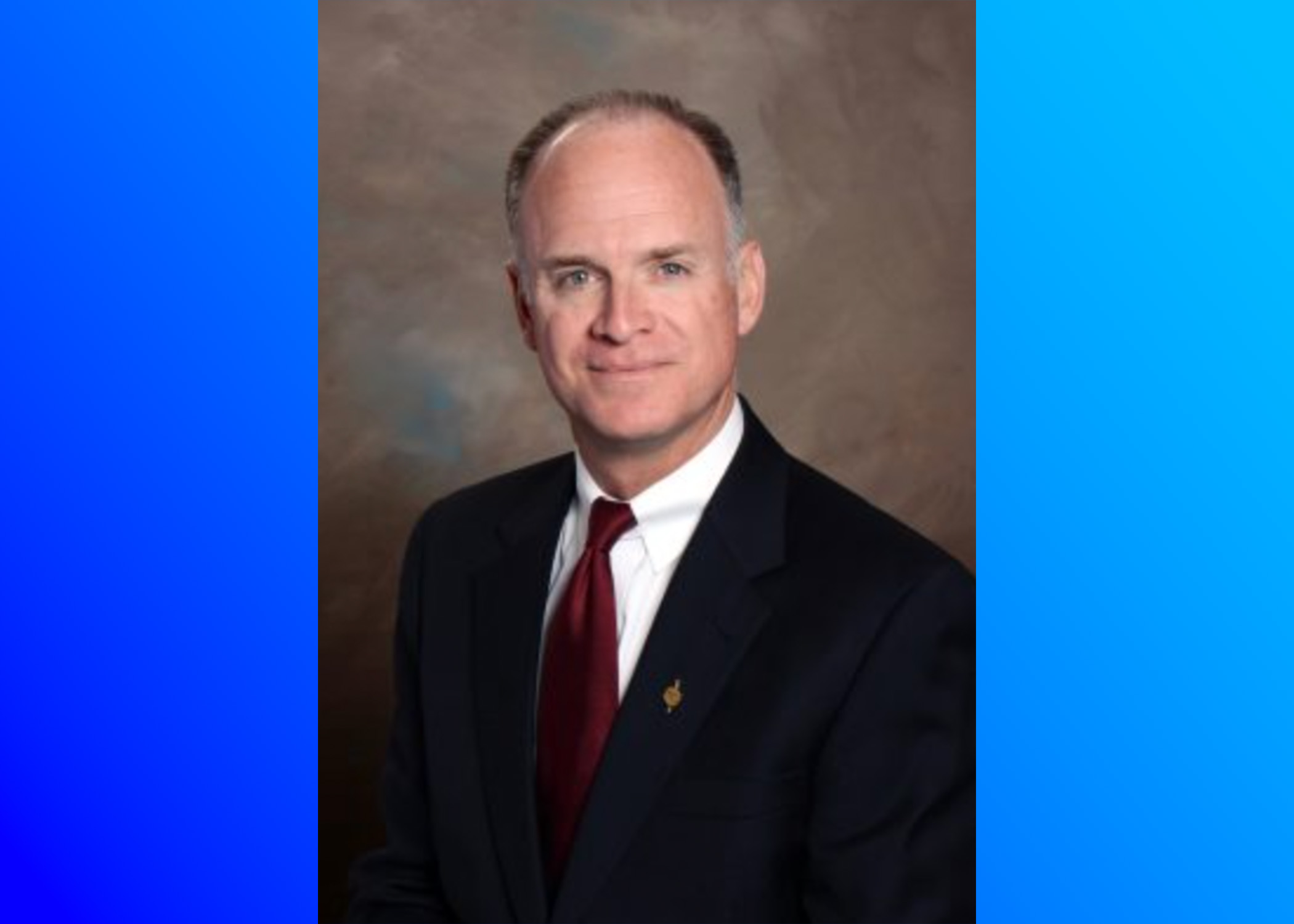By David R. Guttery, RFC, RFS, CAM
President, Keystone Financial Group-Trussville Al
Since the beginning of the year, many clients have sought the answers to five questions that are seemingly on the minds of many others. Is there a threat of the dollar being replaced at the reserve currency of the world? Is this the beginning of a new banking crisis? Are we going to experience a deep and long recession? Can market participants trust the Federal Reserve? And lastly, could this debt ceiling standoff in Washington result in the United States defaulting on its obligations?
I have opinions on each of these, so let’s unpack them one at a time. Is there a threat of the dollar being replaced at the reserve currency of the world? In my opinion, no, the US dollar will not relinquish its status as being the reserve currency of the world. I realize that much has been made of the BRIC countries seemingly colluding to undermine the status of the dollar. Recently, we learned that Brazil and China had forged new trading agreements to be consummated in the respective currencies of each country rather than US dollars. I would like to point out that this is not a new development. Many countries have at times demanded that trade be consummated in their domestic currency. Most recently, Russia has demanded that sales of natural gas be consummated in rubles for example.
To me, the only country that is capable of dethroning the United States dollar as the world’s reserve currency, is the United States. The dollar came to have its reserve currency status because of our history of being fiscally responsible. We can undermine that if we haphazardly manage our financial disposition.
We are the largest economy in the world, and for many countries, China included, we are their largest trading partner. Regardless of how smaller countries choose to consummate transactions, it does nothing to undermine the status of the dollar, or the degree by which the United States can exact its economic will throughout the world.
Indeed, federal researchers have referred to this as an Imperial Circle. When the dollar strengthens it tends to decelerate global trade and growth. Since the United States economic growth is less dependent on the rest of the world this increases the attractiveness of dollar-denominated assets for foreign investors. In turn, this bolsters the dollars dominance of the world’s economy and further strengthens the currency’s value. Nothing that has happened recently has undermined this effect.
I will admit that it makes for sensationalized headlines, but in my opinion, I see nothing of concern that can be quantified on a spreadsheet to justify this fear.
Is this the beginning of a new banking crisis? In my opinion, no, this is not the beginning of a new 2008 style financial crisis. This is a long and complicated subject, so I will try to be brief for the purposes of this article. There were several nuances of Silicon Valley Bank that were unique to it, including the high percentage of uninsured deposits, and the corporate nature of its depositor base. It has been reported that managerial issues were of concern, and there may have been a lack of sufficiently tight risk controls.
In spite of this, I would suggest that were it not for the precedent-setting actions of the Federal Reserve, we may have never heard of Silicon Valley Bank. The Federal Reserve spent 30 months printing money, and debasing the currency by 36% as they became the world’s largest single central purchaser of treasury debt during the COVID pandemic, and in the year following the reopening of the economy.
The new pieces of treasury debt that the Federal Reserve purchased funded the trillions of dollars in new spending programs promulgated by Congress to bridge the gap following the closure of the economy. Again, this is a complicated issue, but at a high level these dollars have now back watered into the banks, and the Federal Reserve is trying to drain lendable reserves from the economy.


The Federal Reserve has consistently stated that avoiding stagflation is a primary goal. Stagflation at a high level is simply an economy going nowhere while suffering hyperinflation. Inflation is simply too many dollars chasing too few goods. Following the recovery from COVID we certainly have too many dollars in the lendable system. In its efforts to mitigate the risk of stagflation, the Federal Reserve, among other things, is eliminating the standing water on the floor, money in this example, before it can control the humidity from which a mold problem might result.
Why is this important? Because according to the most recent Federal Reserve stress test of major banks, the financial system appears very healthy. At a high-level, banks are flush with cash right now, and this is part of the reason why the Fed is moving to drain those lendable reserves as quickly as possible, but in an orderly manner.


In my opinion, the sector is healthy, and what we have seen from Silicon Valley Bank, signature Bank, and First Republic seem to be functions of matters that were unique to these banks, and not indicative of a systemic problem beginning to unfold.
Are we going to experience a deep and long recession? Over the previous year I have stated on many occasions that in my opinion we would find ourselves in a shallow recession that could potentially last for a long time. Shallow in frequency, but long in duration. Again, to answer this question alone would require more room than we have for this article.


This is exactly what I have described in my previous articles, and now, we are hearing from other economists that they too believe this to be the case.
In my previous article, I suggested that we might find ourselves in a rolling recession, and offered my opinion as to what that would mean to us economically. Today, I am hearing many other economists share the same suggestion. I understand that there is much fear reflected in market valuations of a recession that does not appear to be materializing.
That doesn’t mean that markets can’t, or won’t worry about things that you cannot quantify, but it is for times like this that investors must separate themselves from sensational noise, and focus on that which is quantifiable. So, in my opinion, yes, I believe that we are either in a recession now, or we will shortly find ourselves in a recession, but furthermore I don’t believe it will be the kind of recession that markets have anticipated.
Can market participants trust the Federal Reserve? Honestly, I believe that the Federal Reserve has been transparent throughout this process. They have done exactly what they said they would do. Within my last article, I mentioned that tightening, at a high level, was the process through which inflation is controlled. We also observed the previous comments of the treasury, and the Federal Reserve as they suggested that inflation was transient, and short-term. Therefore, I believe that market participants were expecting a much more mild and tepid approach to the removal of accommodation.


Chairman Powell said the Fed would take a less hawkish, and more data-driven approach to further removal of accommodation. In the seven months since the November 2nd meeting, the Federal Reserve has not deviated from that guidance. Indeed, in my opinion, the minutes from the last meeting offered some of the most dovish comments that I have heard in over a year. Market participants have seemingly not returned to having confidence in this guidance, but I do believe that over time, with consistency from the Federal Reserve, this will happen. Yes, in my opinion I believe that the Federal Reserve can indeed be trusted. They are not a fourth branch of government.
It is an autonomous organization with a dual mandate, and that doesn’t include placating the desire of any given administration. In my opinion, I believe they have remained true to these mandates, and to the previous guidance provided. In my opinion, yes, the Fed can be trusted.
Could this debt ceiling standoff in Washington result in the United States defaulting on its obligations? Again, such makes for sensationalized headlines, but no, in my opinion, I do not believe this will be the case. When was the last time that the United States defaulted on its obligations? It has never happened.
Looking back in history, we have had many times when other periods of standoff resulted in what the media refers to as the government being shut down. Not that long ago, former House Speaker John Boehner and President Obama had six such impasses, that on a few occasions resulted in the function of government being encumbered, but even then, it never resulted in a default of United States obligations.
So those in the media who are suggesting that it will happen this time are predicting something that has never occurred. Personally, I am much more inclined to find comfort in that history, rather than wasting a minute worrying about something so cataclysmic happening for the first time ever. So, in my opinion, no, I do not believe that this current debt ceiling impasse will result in something as ominous as the United States defaulting on its obligations.
In closing, I would simply say this. If you can’t put it on the spreadsheet, then it doesn’t exist. Among other things, one major obligation I discharge to our clients is having a thick skin. My job is to separate facts from sensationalism. One tried and true way to achieve that end is to research and quantify factual information. I will give you a pilot’s analogy. There are times when visibility through the windshield is obscure, if not opaque. It is at such times that you need to be skilled in flying by instruments. At the present time, we are relying heavily on such instruments. These instruments are pieces of factual data, and historical anecdotes that give us reason to perceive the future as being something other than that which is being cast sensationally in the various mass business media.
Stay true to your objectives, review your parameters of risk, remain focused on the fruition of planning objectives, and remember that we are on the cusp of what promises to be a highly politicized election year. Sensationalism will likely increase as we get closer to next year, so it is imperative to insulate yourself from the noise, fly by instruments, and be swayed by quantifiable data. Remember, data is neither red, nor blue. It isn’t black or white, North or South, or anything else. Data is data. We run into trouble when we try to view that data through a prism of our choosing that distorts the data to suit our purpose. Let factual data be just that, and rely only on that for actionable information. Tune out the sensationalism, especially now.
(*) David R. Guttery, RFC, RFS, CAM, is a financial advisor, and has been in practice for 31 years, and is the President of Keystone Financial Group in Trussville. David offers products and services using the following business names: Keystone Financial Group – insurance and financial services | Ameritas Investment Company, LLC (AIC), Member FINRA / SIPC – securities and investments | Ameritas Advisory Services – investment advisory services. AIC and AAS are not affiliated with Keystone Financial Group. Information provided is gathered from sources believed to be reliable; however, we cannot guarantee their accuracy. This information should not be interpreted as a recommendation to buy or sell any security. Past performance is not an indicator of future results.








